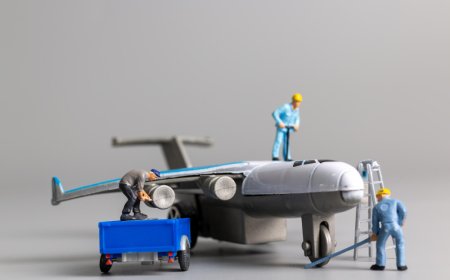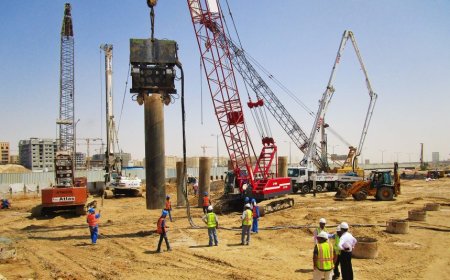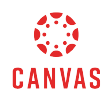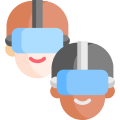- Learn the purpose and principles of introducing impurities to modify the electrical properties of semiconductor materials.
- Explore techniques such as ion implantation and diffusion, understanding their roles in achieving desired conductivity and performance.
- Receive real-time feedback on doping concentration adjustments, annealing temperatures, and implantation energy levels.
- Analyze outcomes to fine-tune doping processes, achieving the required electrical conductivity and material performance.
- Understand cleanroom procedures and protocols for maintaining material integrity, contamination control, and process reliability.
- Emphasize adherence to semiconductor manufacturing standards and quality assurance practices, ensuring optimal fabrication results.
imaginX is used by many amazing schools and universities
University / College

























